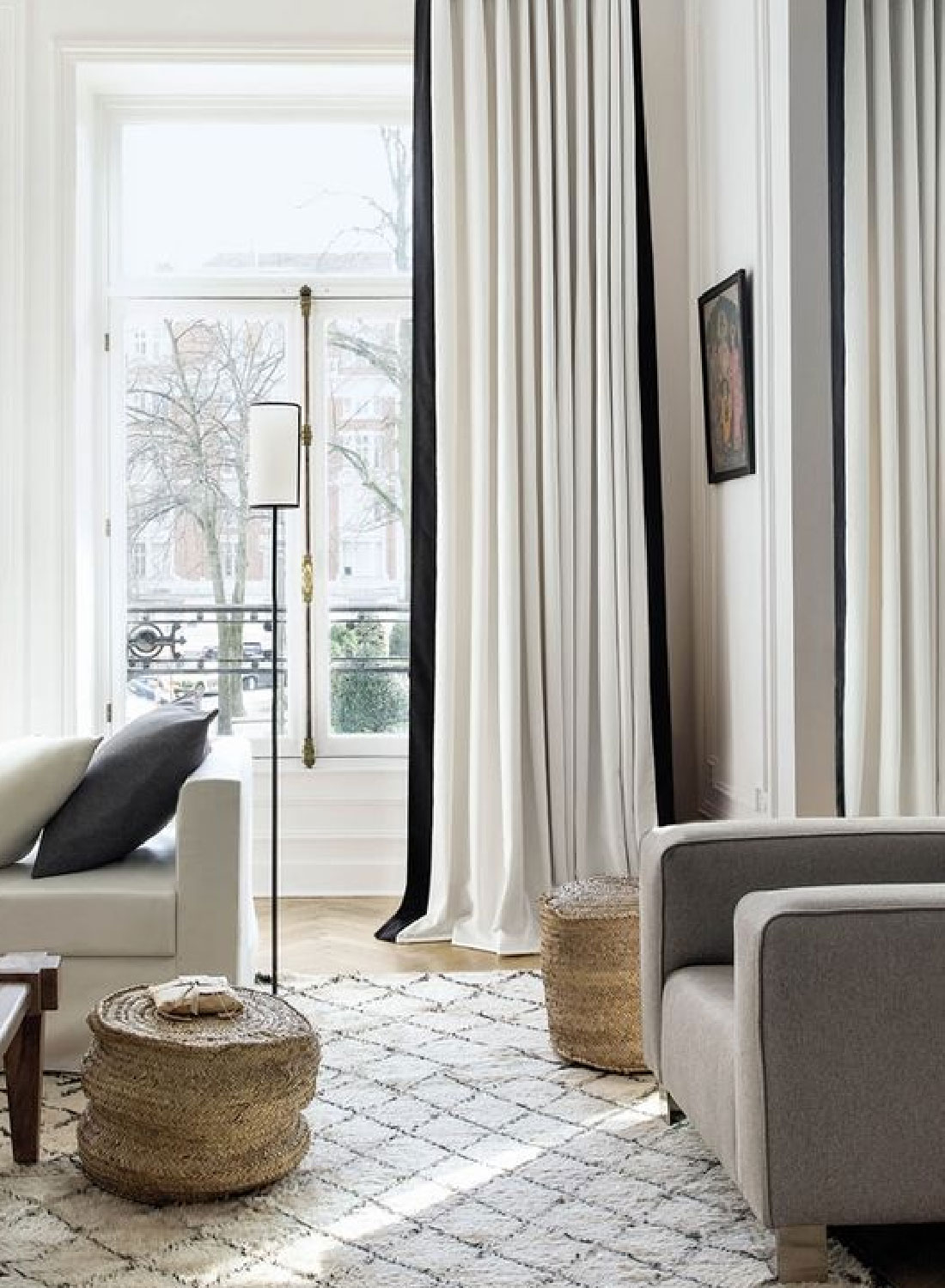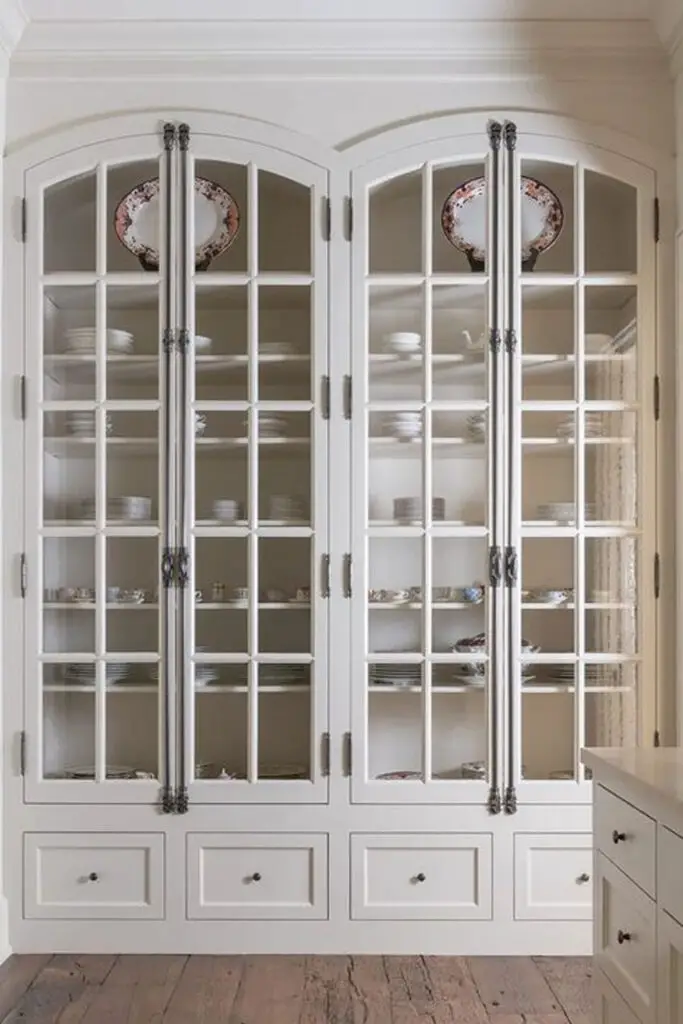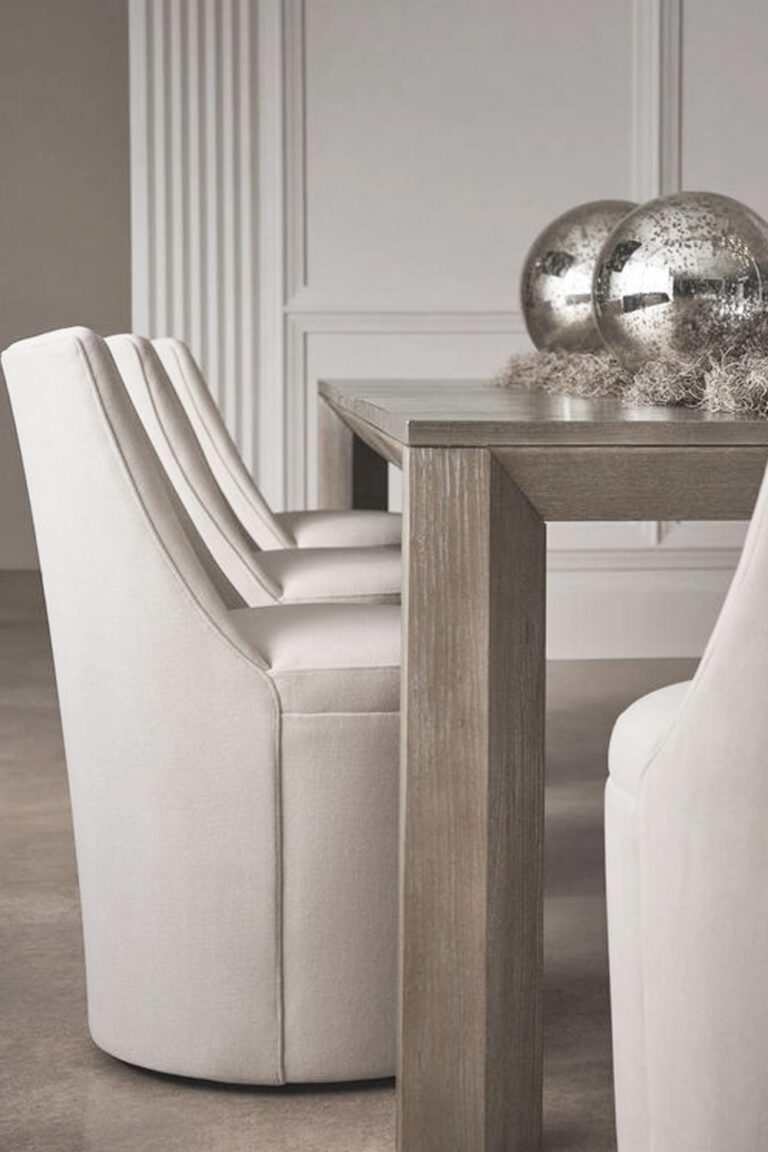8 Things to Consider When Planning A Living Room Layout
If you’ve ever been stuck trying to perfect your living room layout, you’re not alone! I’ve found that many of my clients struggle with furniture placement, especially in their living and family rooms. It’s the heart of the home and probably where you’ll be spending a lot of your time, so getting the furniture layout right is key.
The good news is that there are a few considerations to think about when designing an efficient and comfortable living room. And that’s exactly what I’m going to be covering in today’s post. Specifically, eight things to consider when planning a living room layout.
8 things to consider when planning a living room layout:
- How do you intend to use the space?
- What is the focal point?
- TV placement
- Traffic flow
- The Size of your space
- Seating
- Storage
- Tables
1. How you’ll use the space
How you intend to use the space is the first thing you’ll want to figure out. This is a fairly simple question to ask yourself, and the answer should be straightforward. Ask yourself if this is a formal living room or an informal living room. Formal living rooms are ones that look a little more pretty rather than being super-functional. An informal living room is where you’ll be hanging out most of the time with your family, whether that’s watching tv, hosting a game night, or having a family movie night.
Note all the things you currently do in the living room- do you work there, or do the kids do homework there? Do you have a family game night? Like to binge-watch a good tv show? Whatever it is, think about how you want to use the space to ensure you’re set up for success.
2. The focal point
Next on the list is to figure out what the focal point of your space is. When you’re using the space, do you want to look at the fireplace or tv? Or maybe a gallery wall or even a wall full of windows that has an immaculate view? Once you have this figured out, then you’ll know exactly which direction your furniture should be facing.
If you have multiple focal points in your space i.e. a fireplace and a beautiful view, you can either create one large seating arrangement or (depending on the size and setup of your space) create two different seating arrangements to take advantage of both focal points.
As a very general rule, place the sofa around 10-12 feet away from the focal point, whether that’s a TV, fireplace, or something else.
3. TV Placement
If your living room is where you hang out most of the time, then I have a feeling the TV is a big part of that. And if that’s the case, you need to plan where the tv will be. If you have a fireplace, I typically try to hang the TV above the fireplace. I know this is a sore subject for some people as some designers and clients absolutely hate that idea. But for me, I love symmetry. Hear me out… If your fireplace is in the center of the wall, then putting your tv above your fireplace is a no-brainer. If you place your tv off to one side of a fireplace, that causes more problems than solutions. Because then it’s like… what do you put above the fireplace and on the other side of the fireplace? But that’s just my humble opinion, what do you think?
4. Traffic Flow
How people enter and exit the space is a big factor in determining the perfect layout for your space. If your living room is a pass-through living room, meaning you have to walk through the space to get to another part of the home, you’ll want to make sure the space isn’t too cluttered and there’s a clear path from one room to the other.
Savvy tip: if you have a walkthrough space where you need to walk through the middle of the seating arrangement, opt for a circular or oval coffee table instead. Rounded corners are far easier to get by than square ones. The same goes for chairs- a chair with a round back is often more forgiving than a square-back chair and easier to navigate around.
Let’s say you have a large living room and no actual walls to place the furniture against, then you’ll need to float your seating arrangement in the center of the room, facing the focal point. If you want to navigate around the seating arrangement, make sure you have at least 36″ of space for walking. For larger living rooms, keep things proportionate and allow for more walkway space.
5. The size of your space
Choosing furniture that is the right scale is key. And this is usually why people struggle to get their living room feeling just right. Consider the size of your space, including the ceiling height.
An extra large living room is going to require a larger sofa… obviously, right? When searching for a large sofa, it’s tricky to find one that will fit your space perfectly. In that case, a modular sofa (one that you buy in pieces) might be your best bet because you can fit as many pieces together as needed.
Now, let’s say that your living room has tall ceilings. If that’s the case, you’ll want to add some variation in height with the pieces of furniture you choose so everything doesn’t feel so tiny. You can go about this by adding in a couple of floor lamps, large artwork, or even a more robust sofa.
What about smaller living rooms, you ask? If your living room is on the smaller side and has a standard ceiling height, opt for a low-profile sofa, which will help make the space appear larger. Installing curtains as close to the ceiling will help the space feel larger than it really is.
Ok, and on a side note, let me take a second to speak on accent chairs. One thing I see all the time is that the armchairs or accent chairs aren’t proportionate to the sofa. So when choosing the perfect chairs to complement your sofa and space, you want them to be proportionate to the sofa. Chairs should visually look smaller and more petite than your sofa.
If you have a large, robust sectional, then opt for larger chairs, or ones that are fully upholstered- where you can’t see the frame or legs of the chair.
If you have a small room, choose a chair that has some negative space to it- like one with an exposed frame or legs. It doesn’t look as clunky as a completely upholstered chair would. Your eye can pass through the frame of the chair, making your room appear a lot more open and spacious.
6. Seating
I’m just going to be blunt with this one. Be realistic about how many family members will use the space. It’s super important to accommodate everyone that is living in the house, but even more so if you host parties or host your family during the holidays.
I once had a client who had a super tiny living room for their family of 7. Long story short, it was physically impossible to create a seating arrangement that had enough space for everyone at the same time!
If you need some extra seating from time to time, then ottomans and stools are going to be your best friend. Incorporating a couple of small stools into your space can make all the difference- whether that’s a couple of them in front of the fireplace, or placing them under an open console table so they can easily be tucked away when you don’t need them.
7. Storage
Storage is always something that my clients ask for, and rightfully so. You want your space to be as efficient as possible, so where you plan to have storage should be a huge consideration when choosing a layout for your space.
If you have an open and blank wall, a couple of easy options would be to do a built-in bookcase or a long media cabinet.
You can also choose tables or ottomans that have storage- whether that’s a coffee table, side table, or console table. There are so many options available these days, so don’t be afraid to look around and keep your options open.
8. Tables
As I talked about earlier in this post, optimizing your space for functionality is key. And tables are something that people don’t really think about. As you think about seating, imagine someone sitting in every spot in your living room. Can they reach the coffee table? If not, it’s best to include a side table of some sort. The goal is to make sure everyone has a place to put their drink, phone, or whatever. Another option would be to think about adding a sofa table behind the sofa. This just gives more options for people to place their stuff.
There you have it. Eight things to consider when planning your living room layout. I hope this post was helpful and gave you some new things to think about when it comes to your space. If you need some ideas and inspiration for how to layout your living room, be sure to download my free resource, “17 floor plan ideas for rectangular, square, and narrow living rooms.” And if you have questions, please leave them in the comments section below, or check out my e-design services where I can hire me to help you with space planning and more!
Until next time,
Cheers!





